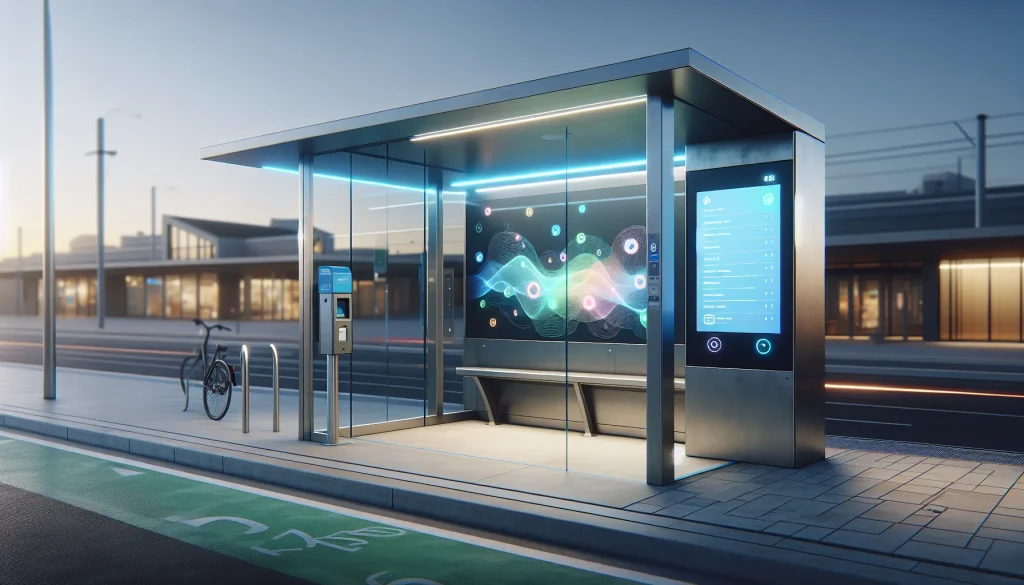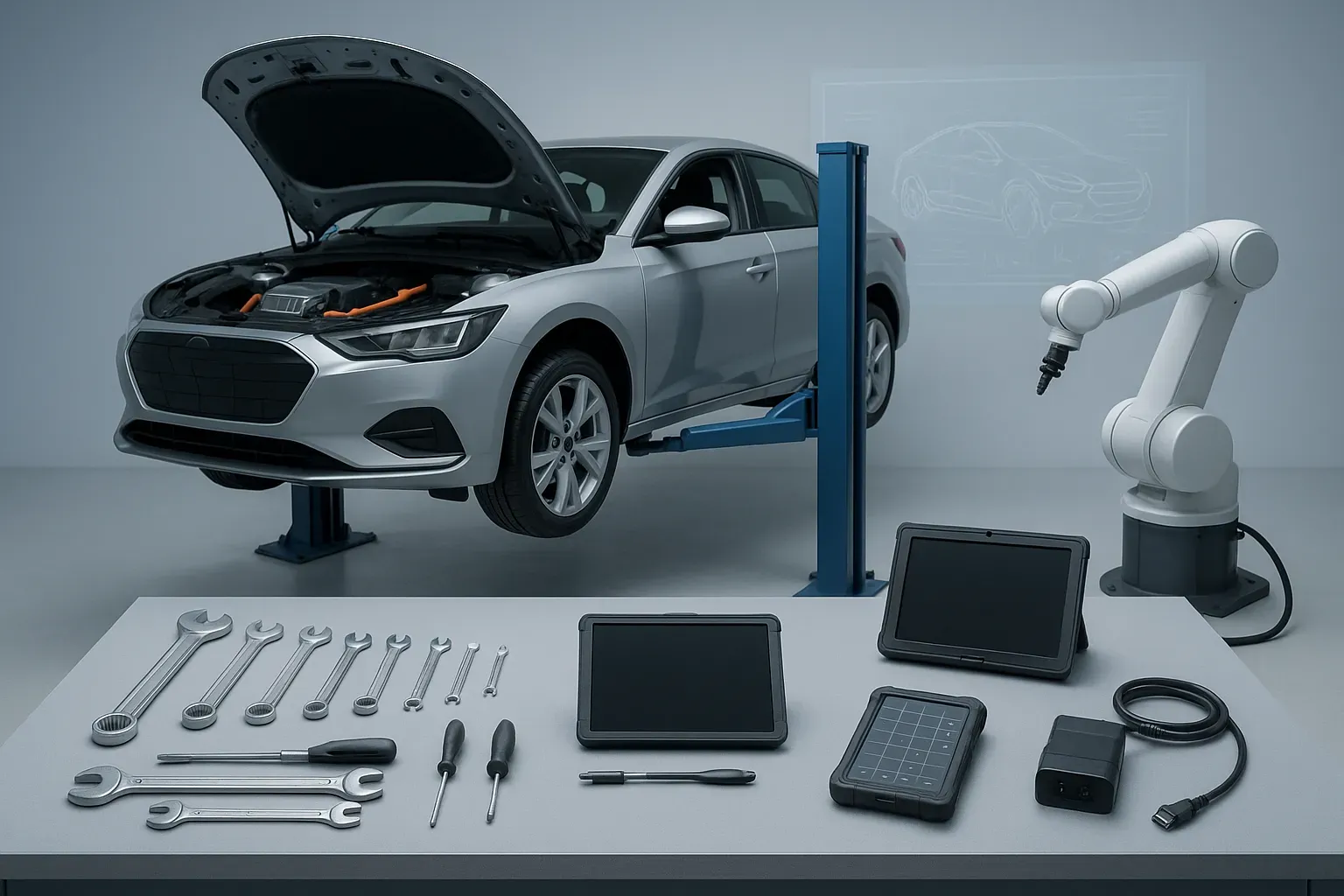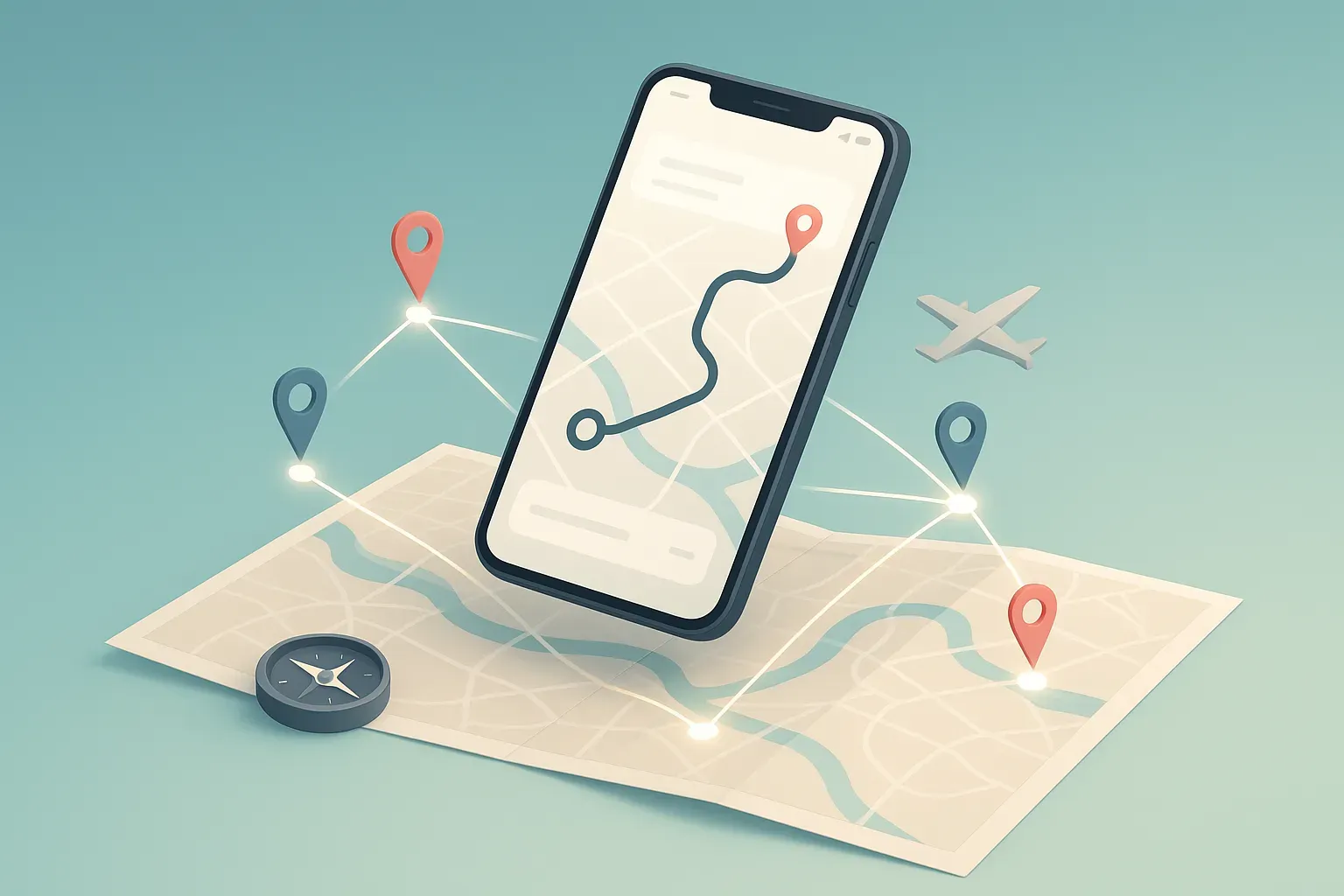Transit agencies are constantly seeking innovative ways to improve their services and engage with riders. This article explores five cutting-edge methods for gathering valuable feedback on new initiatives, backed by insights from industry experts. From mobile app surveys to micro-feedback systems, these approaches promise to revolutionize how transit agencies connect with and learn from their passengers.
- Mobile App Surveys Boost Rider Engagement
- Gamify Feedback to Increase Rider Participation
- Text Messaging Yields Instant Rider Input
- Transit Story Exchanges Uncover Valuable Insights
- Micro-Feedback Transforms Service Quality
Mobile App Surveys Boost Rider Engagement
One method I’ve found effective for engaging with riders and gathering their feedback on new initiatives is through interactive surveys sent via mobile apps. I worked with a local transit agency last year, and we implemented a quick, in-app survey that riders could fill out right after their commute. The surveys were simple, asking targeted questions about their experience, such as on-time performance or comfort levels with new routes. Riders could quickly respond with ratings or short comments, making it easy for them to provide feedback without much effort. We also incentivized participation with small rewards, like discounts on fares, which boosted response rates. This method gave us real-time, actionable insights and helped us fine-tune our initiatives to better align with rider needs. It created an ongoing feedback loop that kept riders engaged and made them feel heard, which ultimately led to more successful service improvements.
 Nikita Sherbina
Nikita Sherbina
Co-Founder & CEO, AIScreen
Gamify Feedback to Increase Rider Participation
I work closely with clients on digital engagement, and I’ve observed that transit agencies sometimes struggle to get riders excited about giving feedback. One method I personally recommend is “Feedback Gamification.”
In place of the usual surveys that feel like a chore, this approach turns the process into something interactive—and even a bit fun.
It can be as simple as a quiz about a proposed initiative or a challenge to suggest ideas for better rider experiences. People are far more likely to participate when there’s a sense of progress or even friendly competition.
Personally, I’ve noticed that gamification boosts response rates—it also leads to more thoughtful input. For transit agencies, it’s a way to keep feedback flowing and ensure riders feel like true partners in shaping the system.
 Brandon George
Brandon George
Director of Demand Generation & Content, Thrive Internet Marketing Agency
Text Messaging Yields Instant Rider Input
Text messaging is wildly underrated. Most transit agencies obsess over social media or surveys, but a quick, well-timed SMS campaign can get you instant, honest rider input with far higher engagement. I’ve seen agencies send texts right after a ride asking something simple—”What would have made your trip better today?”—and get more useful responses in an hour than from a month-long web form buried on their site. It feels personal, timely, and low-effort for the rider, which is key when you’re trying to reach real commuters, not just the hyper-engaged few who attend town halls.
 Justin Belmont
Justin Belmont
Founder & CEO, Prose
Transit Story Exchanges Uncover Valuable Insights
As someone who leads a digital marketing agency, a method I personally recommend to transit agencies is hosting ‘Transit Story Exchanges.’ These are interactive sessions—either online or in-person—where riders share personal experiences about their daily commutes, challenges, and small wins. Basically, it’s a conversation that helps agencies see their services through the eyes of the people who use them every day.
I’ve found Transit Story Exchanges incredibly effective because they uncover insights that surveys might miss. Plus, these exchanges create space for POSITIVE STORIES, which helps transit agencies highlight what’s working well and build goodwill with the community.
Personally, I’ve advised clients to pair these story sessions with digital tools—like live polls or interactive comment boards—so people who can’t attend in person can still join the conversation.
 Matt Bowman
Matt Bowman
Founder, Thrive Local
Micro-Feedback Transforms Service Quality
I once turned a subpar airport pickup service into one of our highest-rated offerings—simply by asking the right question at the right time.
At Mexico-City-Private-Driver.com, I learned that the most effective way to engage riders isn’t through surveys—they rarely respond. What proved successful was integrating micro-feedback into the booking and post-service workflows.
After a booking went poorly due to a confusing pickup location, I inserted a simple one-liner in the confirmation email: “Was anything unclear about this pickup? Tap here to tell me.” The link opened a pre-filled WhatsApp chat to my team.
Within 48 hours, we received 17 responses—4 of which identified issues we hadn’t considered (e.g., the lack of signage at Terminal 2). We implemented small but significant changes that resulted in a 22% reduction in pickup-related complaints the following month.
However, the real transformation occurred when we made feedback visible to users. We included a banner on the homepage that read, “Your suggestions helped us improve pickups at AICM—thank you.” That single line tripled the number of users providing input the following week. It demonstrated that we care.
The takeaway for transit agencies is: Don’t build yet another app or form. Meet the riders where they already are—SMS, WhatsApp, confirmation emails—and ask small, timely questions. Then, show them that their input led to change. This is how trust (and adoption) is built.
 Martin Weidemann
Martin Weidemann
Owner, Mexico-City-Private-Driver.com








